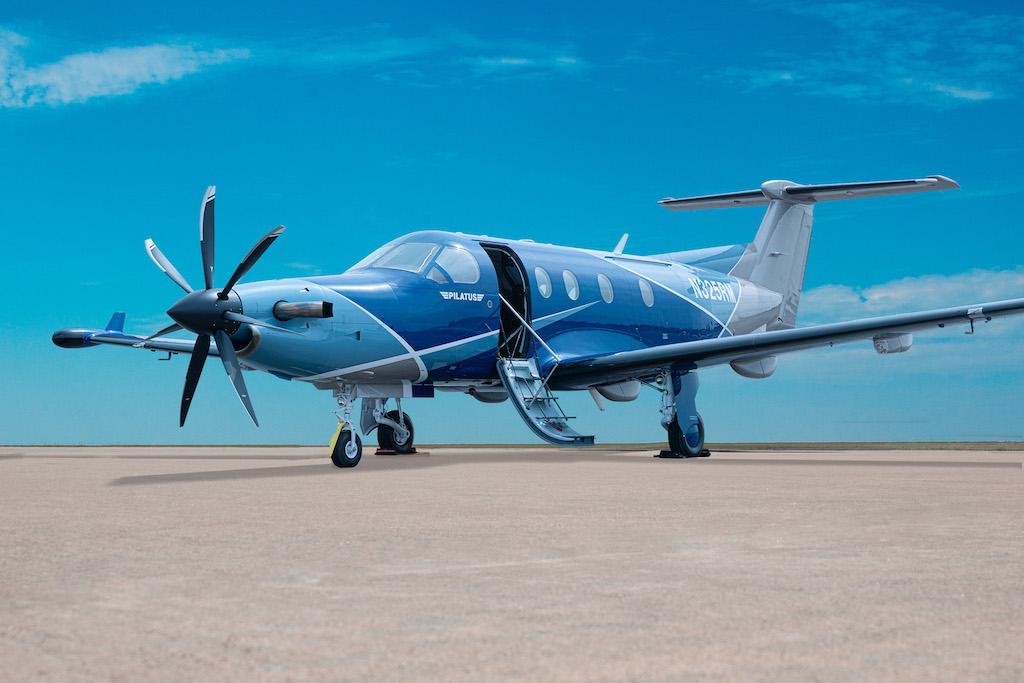Tracing the Evolution of the Pilatus PC-12 NGX
The Pilatus PC-12 NGX is a symbol of innovation and excellence in the realm of turboprop aircraft. Known for its versatility, reliability, and advanced technology, the PC-12 NGX represents the pinnacle of decades of development and refinement. This article explores the evolution of the PC-12 NGX, tracing its legacy and the journey from its inception to its current standing as a premier aircraft in its category.
Unveiling the Legacy of the Pilatus PC-12 NGX

The Pilatus PC-12 series has long been considered a benchmark in the single-engine turboprop market. Launched in 1991, the original PC-12 quickly gained a reputation for its rugged reliability and exceptional versatility, capable of performing various missions from cargo transport to executive travel and medical evacuation. With its pressurized cabin and long-range capabilities, it filled a niche that other aircraft struggled to meet, becoming a favorite among pilots and operators worldwide.
As the aviation industry advanced, so too did the expectations placed upon aircraft like the PC-12. Pilatus responded with incremental upgrades, each iteration adding new capabilities and enhancements while maintaining the fundamental strengths that made the aircraft successful. The PC-12 NG, introduced in 2008, embraced the latest technologies of the time, featuring an upgraded Pratt & Whitney Canada PT6A-67P engine and an advanced avionics suite, which solidified its position as a leader in its class.
The introduction of the Pilatus PC-12 NGX in 2019 marked a significant milestone in the legacy of the PC-12 series. This new model incorporated state-of-the-art advancements in turboprop technology. It included a more powerful PT6E-67XP engine with digital engine control, a completely new cabin design inspired by the Pilatus PC-24 jet, and an enhanced avionics suite with a touch-screen cockpit. These upgrades not only improved performance and efficiency but also elevated the comfort and experience for passengers and pilots alike, ensuring the PC-12 NGX continued the legacy of excellence established by its predecessors.
From Inception to Innovation: A PC-12 NGX Journey

The journey of the PC-12 NGX from its inception is a testament to Pilatus’s commitment to innovation and excellence. The aircraft’s development was driven by the desire to push the boundaries of what a single-engine turboprop could achieve. Extensive research and feedback from operators around the world informed the design and technological advancements integrated into the NGX, ensuring it met the demands of modern aviators.
One of the most significant innovations in the PC-12 NGX is its engine, which features a fully automated digital engine control system. This advancement allows for single-lever power control, reducing pilot workload and increasing efficiency. The engine also offers improved fuel consumption and reduced emissions, aligning with the industry’s push towards sustainability. Additionally, the NGX is equipped with an advanced avionics system that enhances the safety and situational awareness of pilots, further elevating the aircraft’s operational capabilities.
The cabin of the PC-12 NGX represents a leap forward in passenger comfort and design. Drawing inspiration from the Pilatus PC-24 jet, the cabin offers a modern, streamlined aesthetic with larger windows that provide increased natural light. The noise-canceling technology and improved climate control enhance the travel experience, making the NGX a preferred choice for executive and leisure travel. These innovations reflect Pilatus’s dedication to offering an aircraft that meets the high expectations of its diverse clientele, from corporate leaders to adventurers seeking remote destinations.
The Pilatus PC-12 NGX stands as a remarkable achievement in the evolution of single-engine turboprop aircraft. Through its legacy, Pilatus has demonstrated a steadfast commitment to innovation, engineering excellence, and meeting the evolving needs of the aviation market. As the PC-12 NGX continues to soar across the skies, it embodies the spirit of progress and the enduring quest for perfection that characterizes the Pilatus brand.



